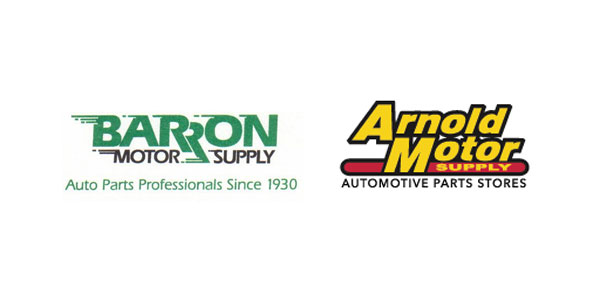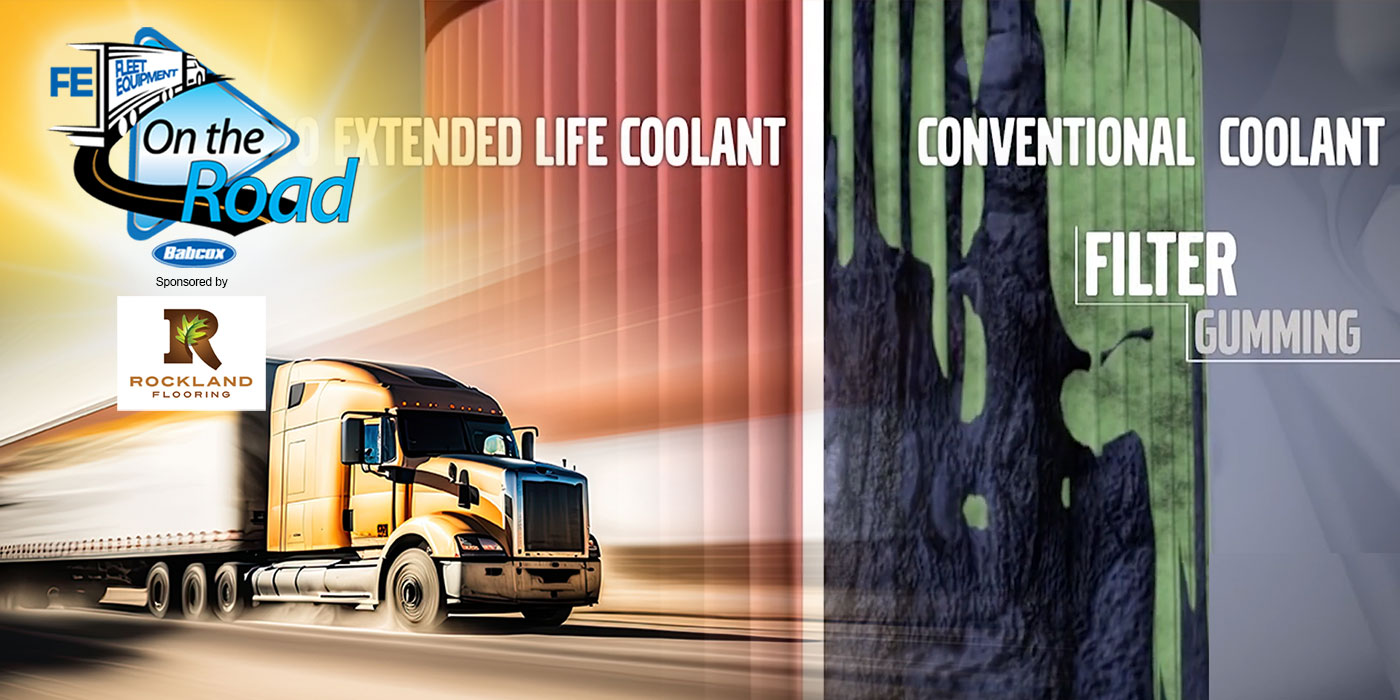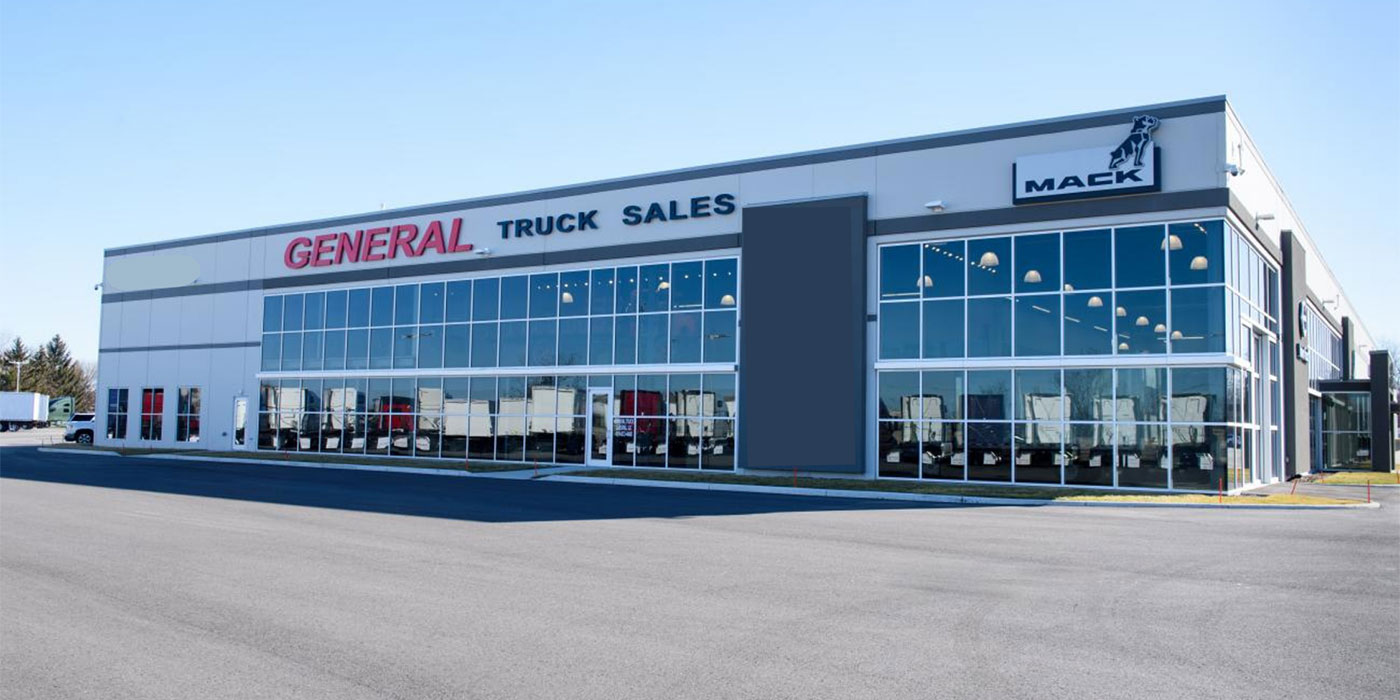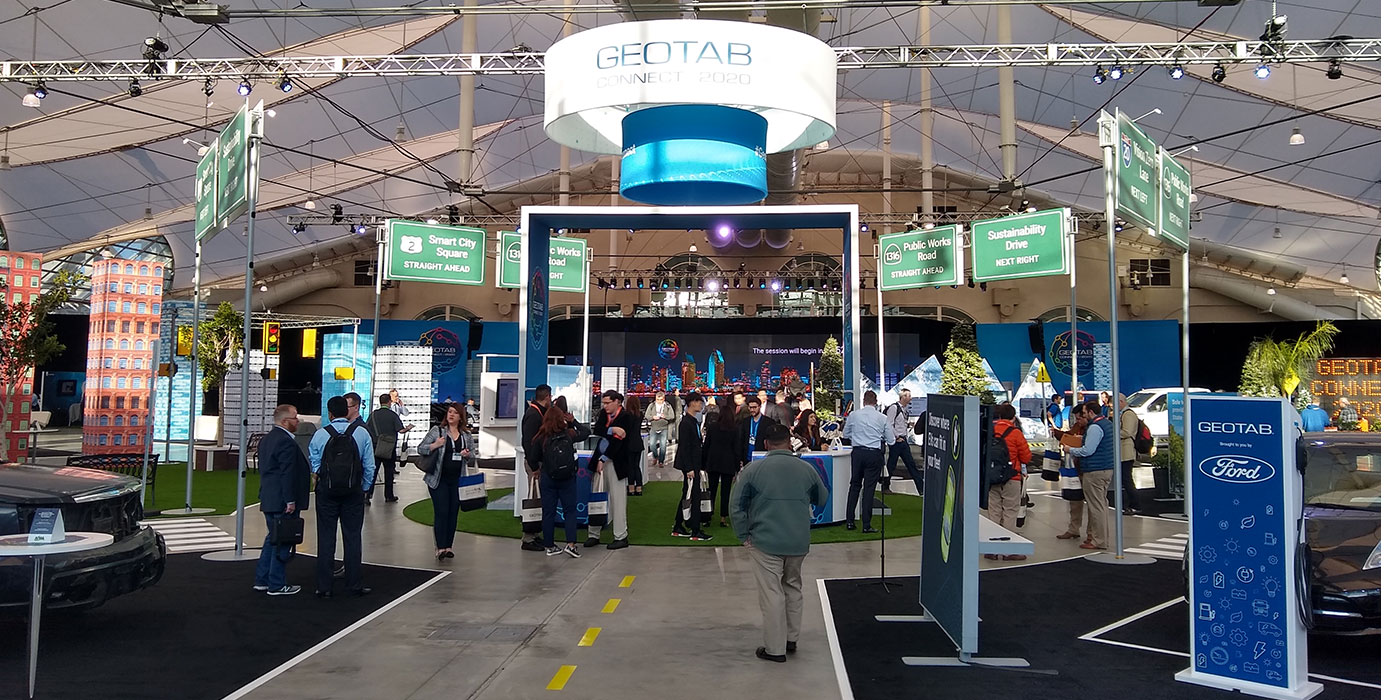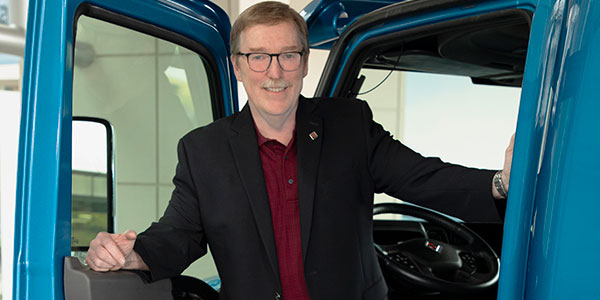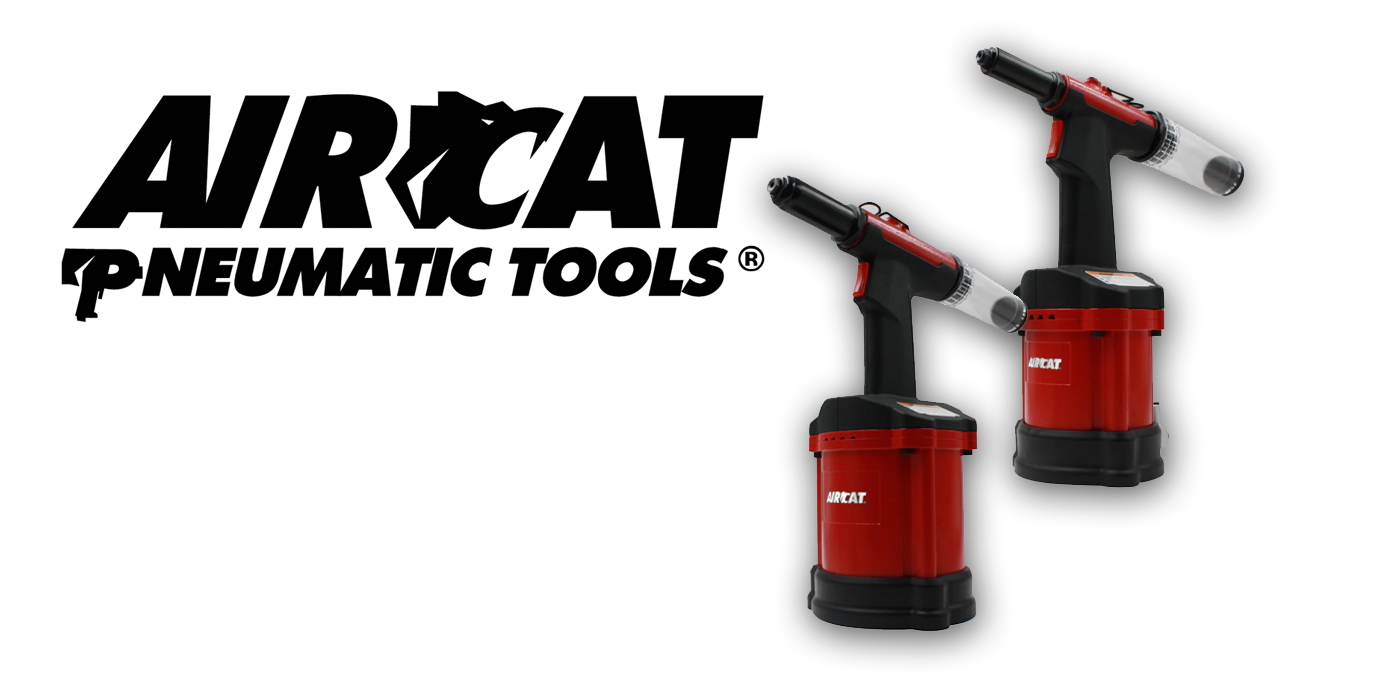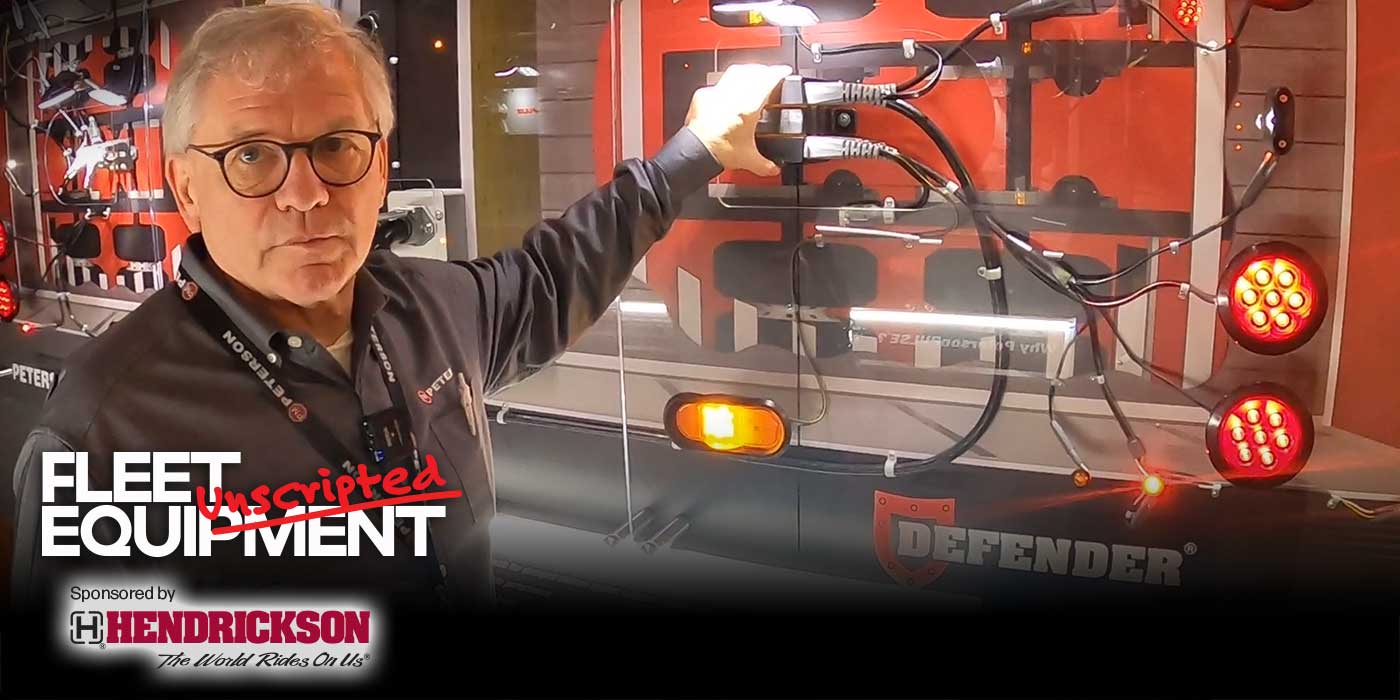While OEMs have made significant improvements over the past ten years, they continue to examine ways to reduce aerodynamic drag and improve fuel economy. In particular, notes a study from the Union of Concerned Scientists (UCS), trailer aerodynamics can play a key role in enhancing the fuel efficiency of commercial vehicle combinations.
According to UCS, using available technology on new trailers and retrofitting older units with side skirts that cover the gap between the tractor and trailer wheels, as well as rear fairings, could produce savings. The group’s analysis also shows that using these technologies can provide a relatively quick return on investment.
A U.S. Environmental Protection Agency (EPA) SmartWay Transport Partnership-compliant specification, trailer side skirts available from a number of manufacturers have been shown to improve the aerodynamic performance of a trailer. The benefits of trailer fairings have been demonstrated by EPA, Transport Canada and numerous test fleets. In some cases, fuel savings were over 6%.
Trailer side fairings or skirts, designed to provide the desired coverage on trailer sides, keep the slipstream and crosswinds from dragging along the crossmembers and rear wheel bogies. Six panels are required for SmartWay compliance, and offerings are also usually expandable so more panels can be added for additional fuel savings. The modular panel designs allow for easy replacement as well.
Along with side skirts, trailer aerodynamic technologies include front, underside and rear fairings designed to improve airflow. For example, a parabolic-shaped nose lessens resistance by shortening the gap between the tractor and trailer. Similarly, a tapered rear end channels the air stream into a narrower corridor behind the trailer, providing an air pocket that increases the pressure behind the trailer and significantly reduces drag.
Trailer devices
Several manufacturers offer a variety of trailer add-on devices designed to enhance aerodynamic efficiency and in turn improve fuel economy:
Freight Wing (www.freightwing.com) offers side fairings developed through a U.S. Department of Energy grant designed to reduce aerodynamic drag on the sides and front of the trailer. The manufacturer’s fairings are supported by a bracing system to extend the trailer sides downward in front of the rear wheels and divert airflow along the exterior. They are available for 48- and 53-ft. dry van and refrigerated trailers. For dry vans, the company also makes gap fairings, which attach to the front of the trailer to divert airflow that would normally stream into the gap behind the tractor.
Fleet Engineers (www.fleetengineers.com) Air Slipper Fairings for trailer sides are made to fit most models. Easy to install, the 16-gauge ribbed aluminum fairings can be attached to steel braces, mounting clamps and aluminum vertical stiffeners without drilling holes in the trailer frame. Support hardware is zinc, and skirting attachment hardware is made of stainless steel. The Air Slipper fairing, which is available with an optional reefer fuel tank cut-out, is sold in a kit that includes skirting, supports and hardware for both sides of a trailer.
Laydon Composites (www.laydoncomp.com) supplies a modular trailer fairing to accommodate desired coverage, with a basic six-panel SmartWay compliant version expandable to seven, eight or nine panels. A flexible rubber edge option is also offered with the injection-molded plastic fairing. Designed to be resilient to freezing and hot temperatures from -60 to +190 degrees F., the Laydon fairings can be painted and decaled, and are installed without the need for drilling or welding.
Laydon also offers a three-piece trailer nose fairing and a vortex stabilizer to reduce the open space between the tractor and trailer. The nose fairing, designed to fill the area between the tractor and the front of a dry van trailer, reduces the negative effects of crosswinds while not interfering with the turning radius of the tractor. Recognized by EPA as a fuel saving component –– leading to a Smart way designation –– the device bolts to the front wall of the trailer without interfering with hookups, ID plates or placards.
Nose Cone (www.nosecone.com) trailer nose fairings are available from a full
5-ft. standard model to a 10-in. top rail design for dry vans to bridge the gap between the tractor and the trailer front wall. The company also offers its Side-Burns option, which is designed to reduce resistance along the upright corners of the trailer and provide uninterrupted flow along the exposed portion of the trailer front side posts.
Tractor opportunities
According to some estimates, today’s aerodynamic trucks and tractors on-average enjoy a 20% aerodynamic improvement over trucks of just a decade ago. Regardless of any success they have already achieved, though, engineers believe that if drag coefficient could be reduced by another 25%, an additional 10% to 15% savings in fuel consumption could be achieved.
As a result, the study of aerodynamics and its effects on fuel efficiency remain a focus for manufacturers of Class 8 trucks and tractors. For example, industry projects such as a two-year cooperative endeavor between the Department of Energy and the Truck Manufacturers Association focused in part on addressing airflow under the vehicle and reducing the interaction between the underside of the truck and the gap between the back of the tractor and the trailer. The engine and underhood compartment are also areas where fuel economy improvement is seen as possible.
Tractor add-on devices are also being offered.
Airtabs (www.airtab.com), for example, are wishbone-shaped vortex generators designed to reduce aerodynamic drag. Airtabs work on any square-backed commercial vehicle and are especially effective at highway speeds. Vehicles include tractors and trailers, as well as straight trucks and cube vans, where they also improve stability by altering the airflow at the vehicle’s rear.
Laydon Composites also manufactures collapsible air fairings for several OEM day cab models. The fairings, which attach to existing rooftop and side extenders, are available in two- and four-piece designs. The fiberglass units come with all necessary hardware, marker lamps with wiring harnesses, if required, and can be color matched and decaled on request.
A word about wheels
Since the flow of air around wheels is one of the most disturbed areas of a commercial combination vehicle, according to RealWheels Corp. (www.realwheels.com), an aerodynamic wheel treatment can have a profound effect on fuel efficiency. To address that area of aerodynamics, the company offers its Aerostyle Wheel Covers for commercial trucks and trailers. The Aerostyle Covers are made of 304 stainless steel, the manufacturer adds, to keeps them maintenance free, and to provide a mirror-finished shine that enhances appearance.
The widespread application of new aerodynamic technologies on tractor-trailers could cut U.S. fuel consumption by nearly one billion gallons per year, according to the study conducted by the Truck Manufacturers Association and the U.S.
Department of Energy. For their part, numerous manufacturers are working to find ways to continue to make real improvements in vehicle design and to develop technologies that can enhance aerodynamics and fuel efficiency.









